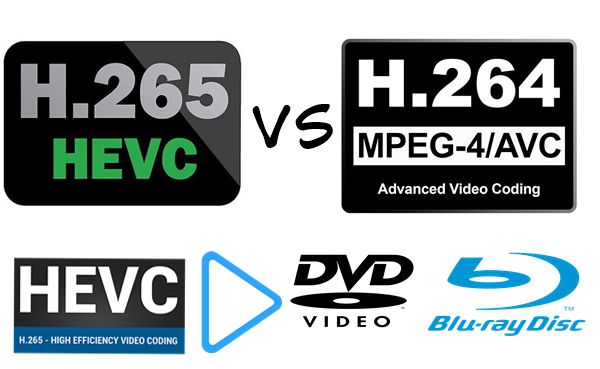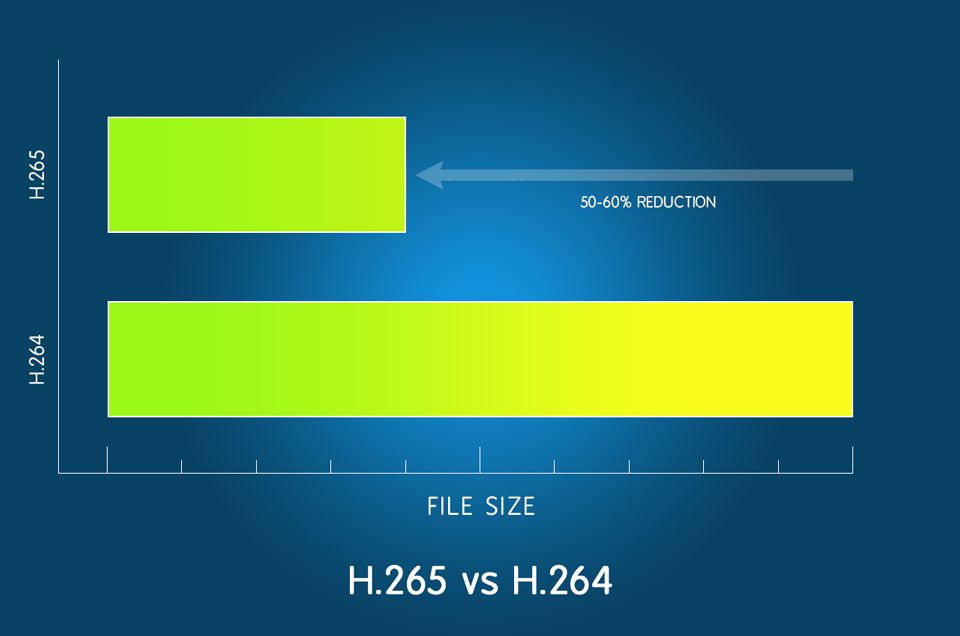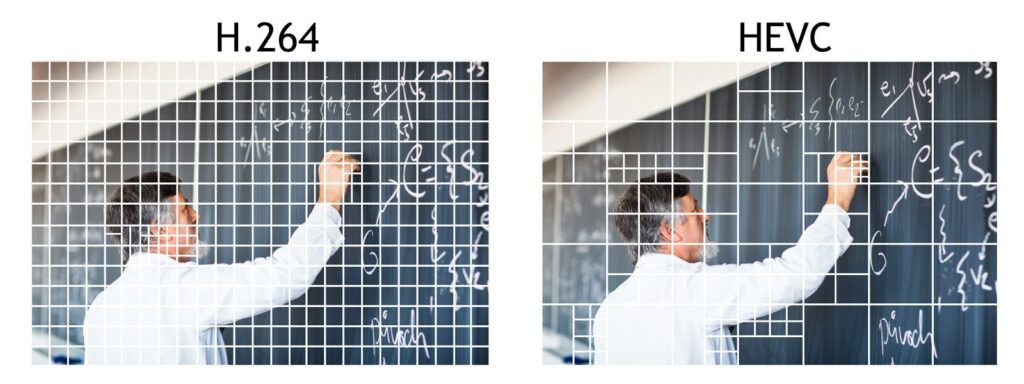
Nowadays, all things technological are constantly evolving, to the point where many video encode methods have advantages over other encode technologies. For example, the H264 Encode Method was originally created in 2003 and became a boom at the time where almost all movies and videos distributed in the world used this encode technology. This is because at that time, with limited hardware and with all the facilities and infrastructure available as well as the absence of other enemies or rivals that could match the effectiveness of this method in its day, H264 continued to be used by others for both ordinary and commercial purposes.
Today, we have to change from the past, because now there is an encode method that is arguably “more” powerful than the previous one (H264) because with this new method we can save more space because the size of the video encoded with the H265 method is lighter than the H264 video but the quality is still the same or even better.

In the picture above we can see that the difference in videos encoded with the H265 method shows less size/memory consumption, if it is explained more broadly, if there is a video or movie with a video size of 1GB if encoded using H264 in 720p resolution, then with the same video if encoded with the H265 method with the same resolution, the same video quality can be obtained but with a smaller video size, up to 50% smaller… even for some things, the video size can be even smaller.
This is of course very important where we can save a lot of hard disk space when saving videos because each video we download is small. Not only that, the video quality can even be better than the H264 encoder. For example, a long movie video could be 1GB in size for 480p resolution but if encoded with H265 then it could be 720p but with the same size… so here the quality will be different and of course H265 wins by far on this matter.
then the question is how can the video video change size even though the video is the same?
the answer can be seen in the following picture….

(Left H264, Right H265-HEVC)
As we can see the boxes in the left and right pictures are different in number, where on the left the boxes tend to be more, while the boxes in the right picture are less than the left. this is the most basic difference from H265 where Efficiency comes first, namely by creating a frame code by emphasizing on the “density” of a frame.
For further explanation, you can see in the picture above that the hands and some parts of the teacher’s clothes writing on the blackboard look a lot of small boxes but on the other hand other boxes are large. this means that detailed frames such as hands or body curves will be encoded specifically by prioritizing quality aspects, if in H264 everything will be the same, nothing is encoded specifically unless the part has a very large number of core frames.
That’s what makes the encode different, so each box there is representing a few MB of the final file size, the more boxes in a frame in the video, the larger the video size at the end of the encode. so it can be concluded that HEVC or commonly known as H265 is superior and even very superior to its competitor H264 or what we call the “Big Brother” of this video encoder system…
That’s all, thank you


